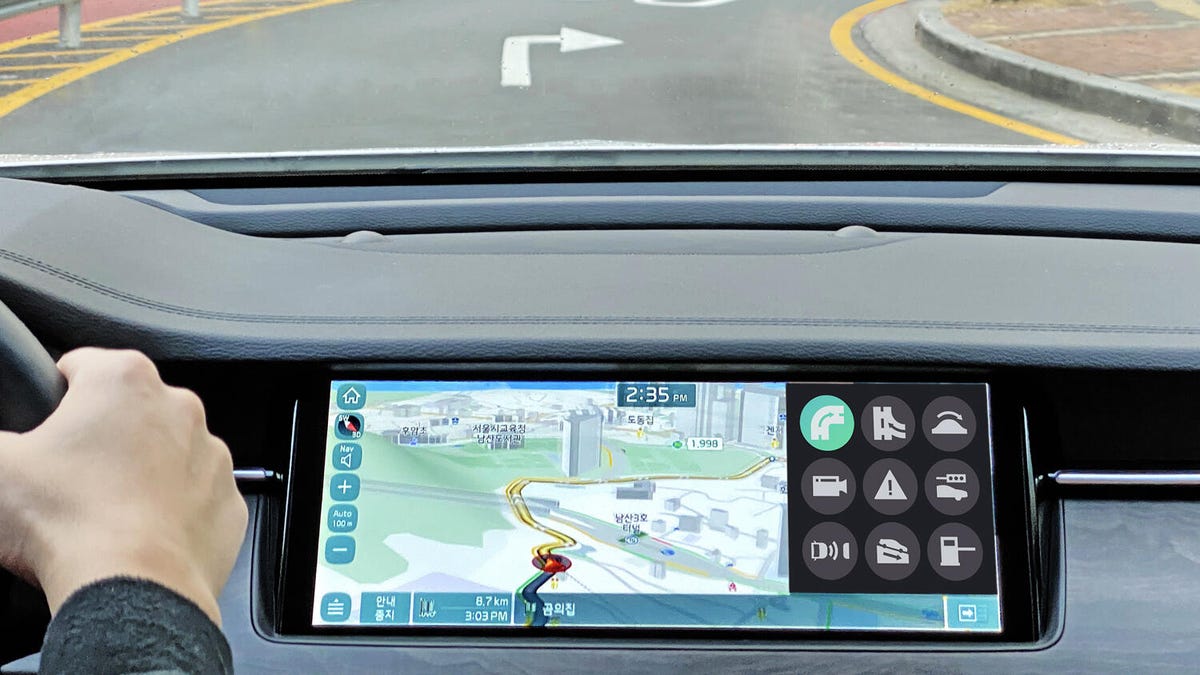Hyundai's new tech will shift transmission based on road and traffic conditions
Hyundai and Kia transmissions are about to get a lot smarter.

This transmission tech knows more than you.
The automatic transmission has one important job: to shift through gears. Whether it's tuned to enhance performance or squeeze every last bit of efficiency from the powertrain is up to engineers, but Hyundai and Kia are taking things a step further.
The brands said on Thursday both have created the predictive Information and Communication Technology (ICT) Connected Shift System. It's a really long name that has a simple mission: make transmission shifts more efficient. The technology relies on 3D navigation maps, cameras and radar to send data collected to software in the transmission control unit.
From there, the control unit analyzes the data in real time to shift gears based on traffic and road condition factors. You're probably wondering what the benefits look like in a real world scenario. Good, because Hyundai and Kia have a perfect example. Say there's a long stretch of road that will make for an extended slow-down period. As the technology analyzes the vehicles ahead and radar doesn't find any changes in speed, the new system will tell the transmission to shift to neutral. While in neutral, the engine won't rev, which is an obvious boost in fuel efficiency.
On winding roads, Hyundai and Kia engineers found the number of transmission shifts dropped 43%, and drivers even relied less on the brakes; brake application fell 11% in testing. But the tech is smart enough to understand when the driver requests power quickly. When merging onto the highway, the ICT automatically flipped the driver profile to a sport mode for quicker shifts. Once merged, the vehicle returned to its standard characteristics for efficiency.
This technology is coming very soon to new Hyundai and Kia vehicles, but there's already room for improvement, they said. In the future, the ICT could communicate with traffic signals to correctly predict a shift pattern while approaching stoplights. That'll require an LTE or 5G connection, so we're not quite there yet.

